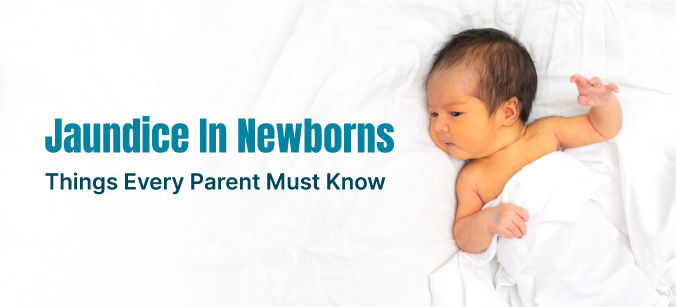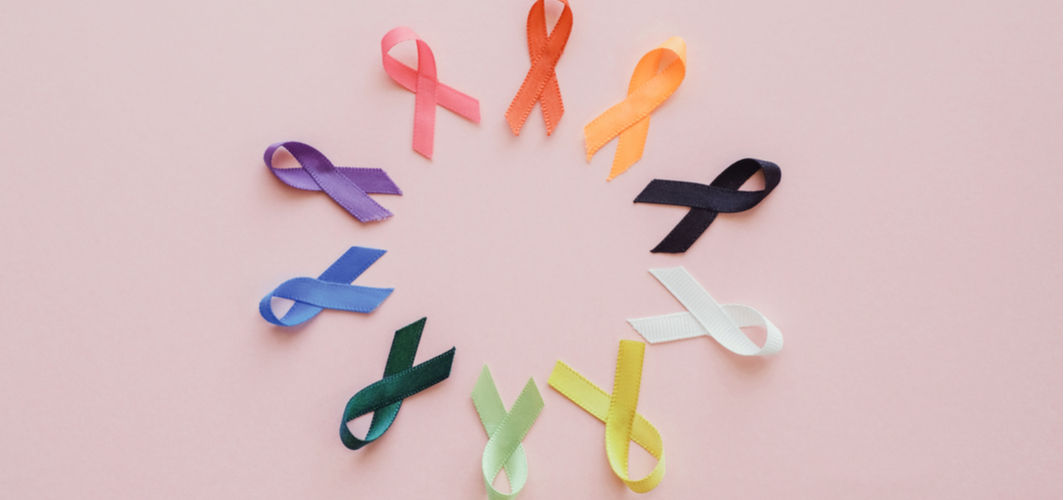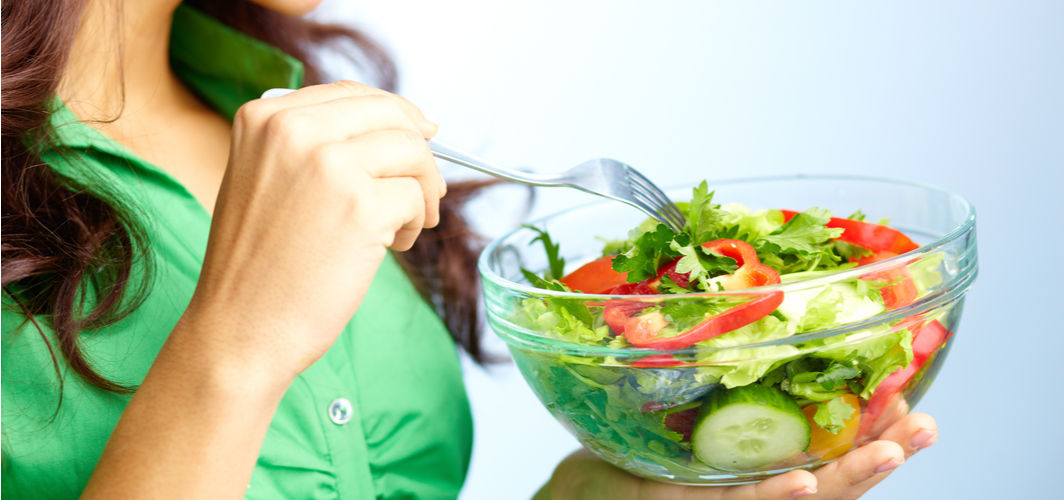General Health
Jaundice in Newborns: What Parents Should Know
3 min read
By Apollo 24/7, Published on - 03 September 2021, Updated on - 07 November 2022
Share this article
1
81 likes

Red blood cells contain haemoglobin, an oxygen-carrying protein, which imparts red colour to the blood. The red blood cells break down naturally, forming bilirubin, a yellowish pigment. Usually, the liver removes bilirubin from the blood and releases it out of the body through urine or faeces. When the liver fails to remove it, the levels of bilirubin elevate in the body, resulting in jaundice.
Jaundice is characterised by yellowish discolouration of the skin and eyes. It is commonly seen in newborns, especially preterm babies, during their first week of life. Newborn jaundice is also known as neonatal jaundice, infant jaundice, and neonatal hyperbilirubinemia.
What are the signs of newborn jaundice?
Jaundice generally appears 3 days after the baby is born and resolves on its own within 2 weeks. It may last for about 3 weeks in premature babies. The symptoms of jaundice in a newborn include:
- Yellow coloured skin that usually starts from the face which then spreads to the chest and stomach
- Spread of pigmentation in the white space of the eyes, inside the mouth, on the soles of feet, and palms of hands
- Increased yellow pigmentation when pressure is applied on the skin using a finger
- Dark yellow coloured urine and faeces
- Sleeping all the time
- Lack of appetite.
What causes newborn jaundice?
Babies are born with a high number of red blood cells in their body, which breaks down releasing excess bilirubin. Since the newborn’s liver is not mature enough to process bilirubin and remove it from the blood, the baby develops jaundice. The excess bilirubin settles in the skin causing the yellowish appearance during jaundice.
Some of the other reasons for jaundice in newborns include:
- Exclusive breastfeeding
- Infection or blockage in the intestines
- Urinary tract infection
- Blockage in the bile ducts or gallbladder
- Less production of thyroid hormone (hypothyroidism)
- Blood group incompatibility (mother and baby have different blood types)
- Rhesus factor disease (a condition in which the mother has Rh-negative blood and the baby has Rh-positive blood)
- Bruising or any other injury during a complicated labour
- Diseases that affect the enzyme that processes bilirubin such as Crigler-Najjar syndrome or Gilbert syndrome
- Liver diseases.
How is newborn jaundice treated?
Newborns require medical treatment only if the bilirubin levels are extremely high in the blood, as jaundice usually resolves on its own within 2 weeks. If jaundice is observed to be worsening or has persisted for more than 2 weeks, the doctor may conduct a blood examination to determine the levels of bilirubin in the baby’s blood. The treatment of jaundice in newborns include:
- Phototherapy: In this therapy, the doctor places the baby under a halogen/fluorescent lamp or over a fibre-optic blanket (also called bili-blankets). These therapies help in adding oxygen to the bilirubin, allowing it to dissolve in water and release from the body through urine.
- Blood transfusion: Some babies with extremely high levels of bilirubin may require an exchange blood transfusion. In this procedure, the doctor removes small amounts of blood from the baby’s body and replaces it with new bilirubin-free donated blood over several hours. The procedure could be repeated if the bilirubin levels are high even after the transfusion.
When to contact the doctor
Parents must consult a doctor if:
- The yellow pigmentation intensifies
- The yellow pigment spreads across the abdomen, arms or legs
- The baby develops a fever over 100°F (38°C) and appears lethargic
- The baby refuses to feed and stops gaining weight
- The baby makes high-pitched cries.
Conclusion
Jaundice is very commonly seen in newborns within 2 to 3 days after being born. Yellow pigmentation on the skin and eyes is the classic sign of jaundice. In most cases, neonatal jaundice resolves on its own within a few weeks. However, parents must consult a doctor if their baby shows intensified yellow pigmentation along with fever, high-pitched cries, and listlessness.
For any queries related to the health of your child, consult a child specialist.
General Health
Leave Comment
Recommended for you

General Health
Keep Yourself Safe During The Cough And Cold Season
It is common to get cold and flu during the transition of weather from autumn to winter. This article provides scientifically proven tips to keep away from cold and cough this season.

General Health
A Pill To Replace Exercise: Scientists Discovered A Drug That Mimics Effects Of Sports
To help those who cannot exercise enough due to medical reasons, researchers have identified a drug that can replicate the effect of exercising on the body.

General Health
7 Cancer-Causing Substances That You Should Distance Yourself From
Cancer is the leading cause of death across the globe. This article addresses such carcinogens in the environment that most people are unaware of.
Subscribe
Sign up for our free Health Library Daily Newsletter
Get doctor-approved health tips, news, and more.
Visual Stories

Plant-based Foods That Are a Great Source of Iron
Tap to continue exploring
Recommended for you

General Health
Keep Yourself Safe During The Cough And Cold Season
It is common to get cold and flu during the transition of weather from autumn to winter. This article provides scientifically proven tips to keep away from cold and cough this season.

General Health
A Pill To Replace Exercise: Scientists Discovered A Drug That Mimics Effects Of Sports
To help those who cannot exercise enough due to medical reasons, researchers have identified a drug that can replicate the effect of exercising on the body.

General Health
7 Cancer-Causing Substances That You Should Distance Yourself From
Cancer is the leading cause of death across the globe. This article addresses such carcinogens in the environment that most people are unaware of.